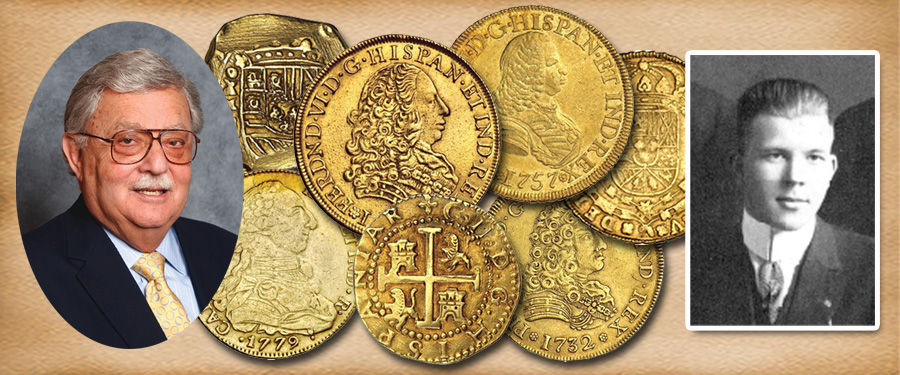
In my last article I told of being with Josiah Lilly when he learned
that the polio vaccine his company had been working on was approved for use. Here
I continue with my story of this important day.
At lunch that day, we talked about the approval of the vaccine, and he explained to me that Eli Lilly & Co. could not patent the formula;
it was
such an important drug that the FDA wanted to get it out worldwide. But,
Mr. Lilly explained, since his company had the lead on development they would be
able to deliver
the majority of production for the first year or two. He told me how
much effort
it had taken to back Jonas Salk in developing the vaccine, testing and
retesting it. It was gratifying to know that the tremendous effort was worth
it.
His personal excitement was further revealed when he told me about his father, who was in charge of the company just before World War I when
the Lilly
company developed Insulin. In 1914 they were the first to successfully
manufacture the medication. Similar to what happened with the Polio
vaccine the company could not patent it — it was too important.
So the government gave the company one year exclusive, and then turned the
patent over to all drug manufacturers. Mr. Lilly’s father, who felt that a year’s
lead would let them become the major distributor of the medicine, did
not object.
However, World War I broke out, and the vaccine was needed worldwide,
as well as in America. Because of its importance, every ship going from America to Europe that bore the Red Cross on it, was not attacked, and
therefore was able to transport the medication and alone saved millions of lives. Mr.
Lilly said to me at lunch, he wished his father was alive to see the Polio vaccine, as
he would have been honored that the firm was the first to develop it. I was honored
to have been taken into the confidence this gentleman, and to have been able to
share the
joy of it.
After lunch, we continued putting his new additions in order and
reviewed the acquisition of the Weihman collection
again. We also added about 40 to 50 doubloons to his collection, which was becoming
the most
complete Spanish Colonial Doubloon assemblage ever put together. The
Foreign Gold collection was growing in all denominations.
We finished our work in late afternoon, prepared a want list for certain U.S. varieties, and Mr. Lilly bid me a warm farewell
and got me
to my return flight. He thanked me for the dedication of the Stack family in
helping him achieve the goal of world-class collection. He remarked that when he
came to Stack’s in 1951 he felt that we were the ones whom he wanted to work with him
on his
collection; he appreciated our dedication to numismatics.





